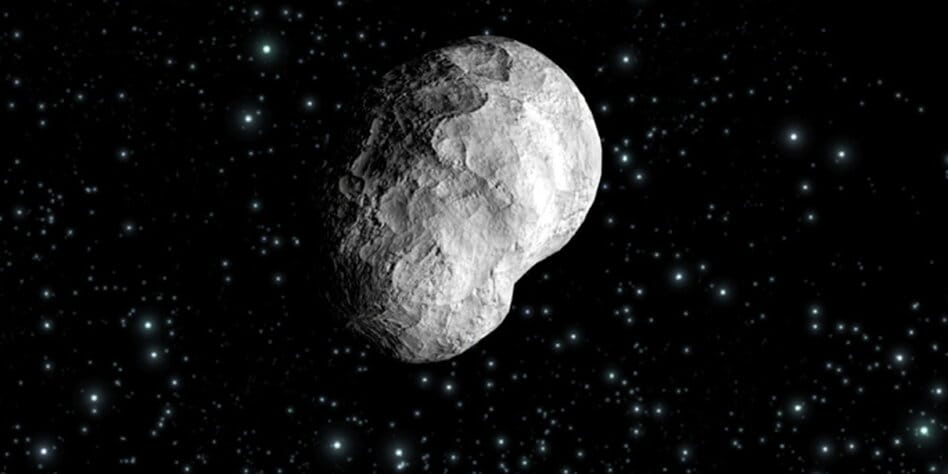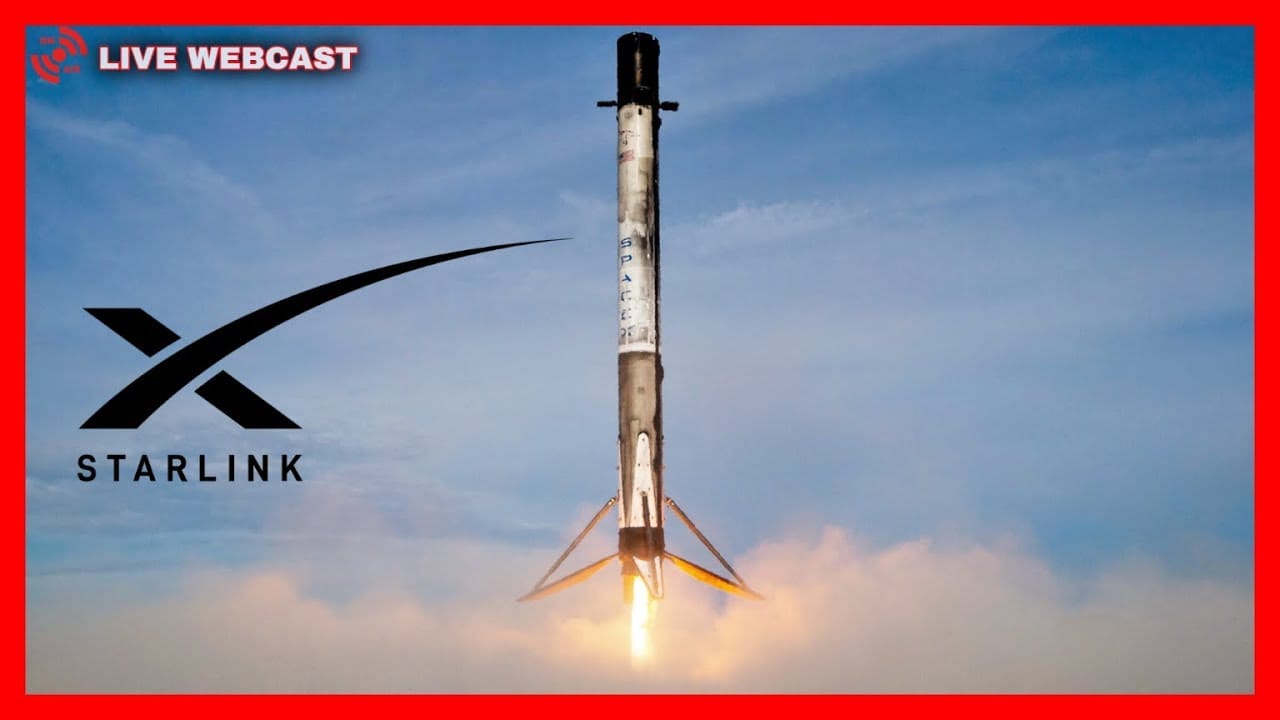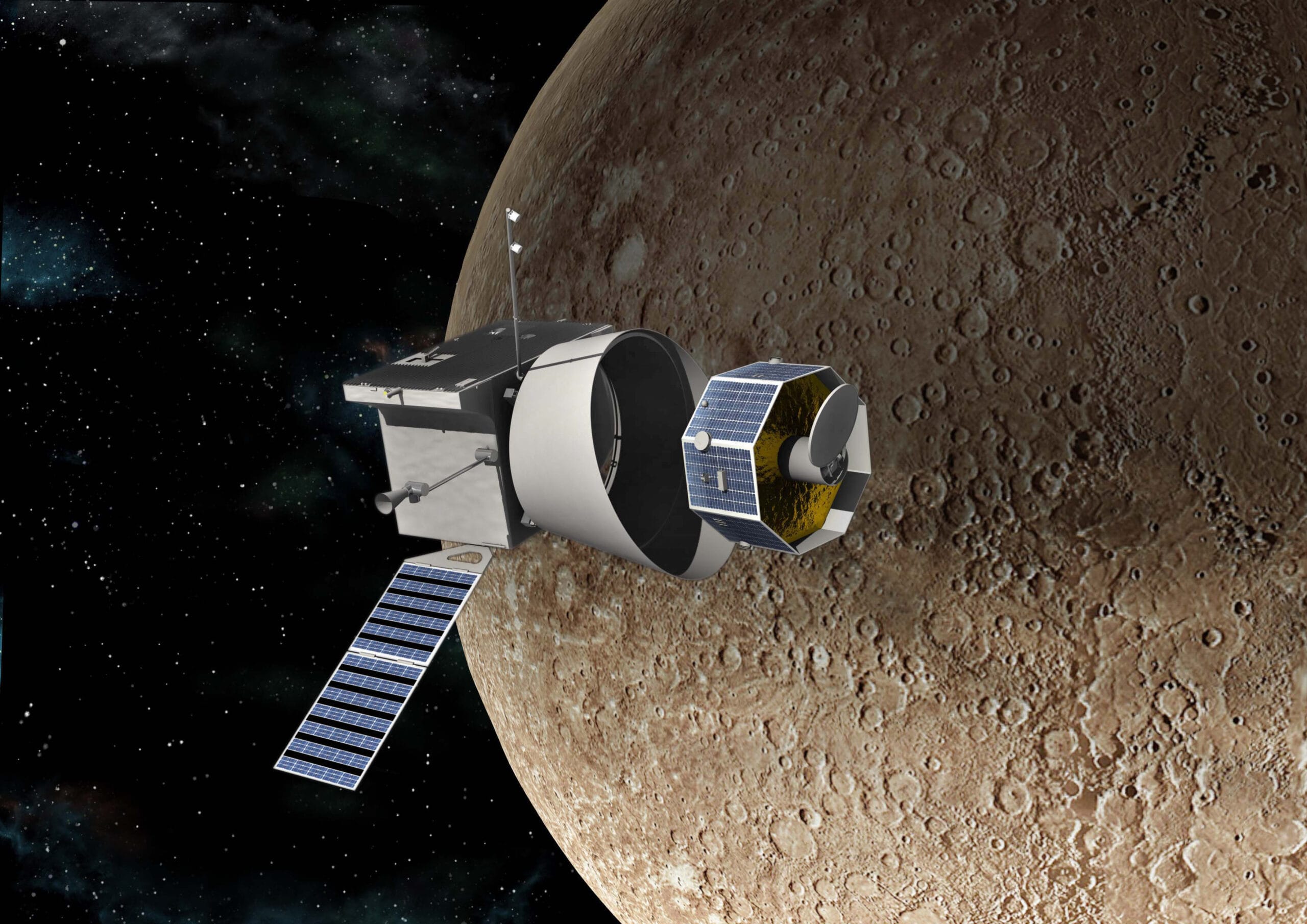The United Nations, in conjunction with global space agencies, is closely monitoring an asteroid identified as 2024 YR4 that has a slight chance of impacting Earth in 2032. The recently discovered asteroid, with an estimated size of 40 to 100 meters, has captured the attention of planetary defense organizations due to its potential to cause significant damage despite its seemingly low probability of collision.
Discovered in December 2024, asteroid 2024 YR4 was observed by the El Sauce Observatory in Chile and has since been tracked diligently by various space agencies. According to the European Space Agency (ESA), the asteroid presents a 1.3% chance of hitting Earth on December 22, 2032. While the probability remains low, the potential consequences of such an impact have prompted pre-emptive measures and close observation.
Asteroids of this magnitude, while infrequent, can cause local devastation upon impact. The 1908 Tunguska event in Russia serves as a historical example, where an asteroid or comet fragment caused an explosion equivalent to 15 megatons of TNT, flattening over 800 square miles of forest. Understanding the trajectory and characteristics of 2024 YR4 is thus critical in mitigating any potential risk it poses.
Planetary defense organizations, including NASA, the European Space Agency (ESA), and the International Asteroid Warning Network (IAWN), have established protocols to monitor and respond to such threats. They utilize a combination of radar observations, infrared tracking, and optical telescopes to gather data on the asteroid’s trajectory, size, shape, rotation, and composition. This extensive surveillance aids in calculating precise probability of impact and assessing possible mitigation strategies.
One of the primary tools used in monitoring asteroids is the Torino Impact Hazard Scale, which rates the threat of potential Earth collisions on a scale from 0 (no likely consequences) to 10 (certain global catastrophe). The asteroid 2024 YR4 currently stands at Level 1 on the Torino Scale, indicating a normal level of vigilance. However, continuous observation will determine if this status changes over time.
In situations where an impact threat escalates, potential mitigation techniques can be employed. These include kinetic impactors, which are spacecraft designed to collide with the asteroid and alter its course, and the gravity tractor method, wherein a spacecraft hovers near the asteroid, using its gravitational pull to nudge the asteroid off its collision path. More advanced concepts include using nuclear devices to deflect or disrupt the asteroid.
The international collaboration on planetary defense highlights the importance of preparedness. The United Nations Office for Outer Space Affairs (UNOOSA) has been working closely with other agencies to ensure that any potential threats are communicated and addressed promptly. Dr. Simonetta Di Pippo, Director of UNOOSA, emphasized the necessity of a global approach: “Planetary defense is a universal concern, and cooperation across nations is paramount in ensuring the safety of our planet.”
Public engagement and education also play a vital role. Informing the global community about ongoing monitoring efforts helps in alleviating unwarranted fears and promotes a better understanding of the realistic risks involved. Transparency and regular updates about the status of space objects like 2024 YR4 allow the public to be informed rather than alarmed.
In conclusion, the monitoring of asteroid 2024 YR4 underscores the importance of planetary defense mechanisms in safeguarding Earth from celestial threats. While current projections indicate a minuscule chance of impact, the vigilance and readiness demonstrated by international space agencies reflect a commitment to planetary safety. As our capability to detect and intercept potential threats improves, so does our assurance that even the distant corners of space are under watchful eyes.



